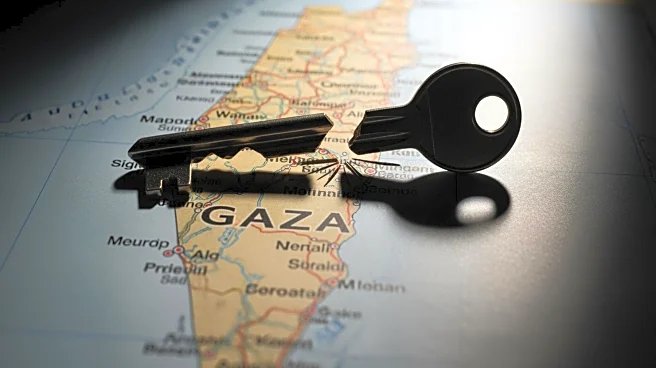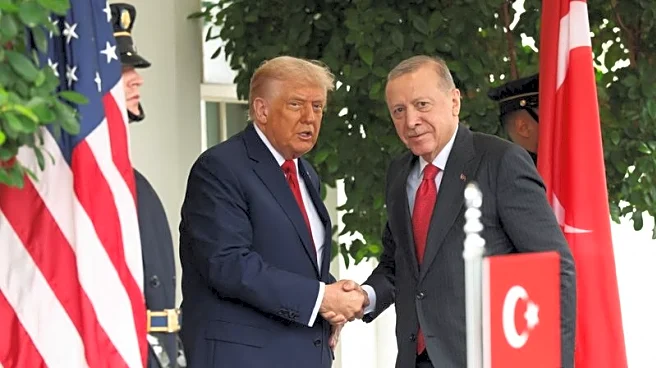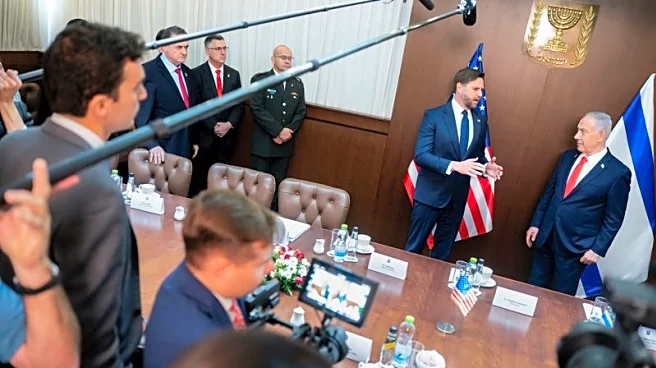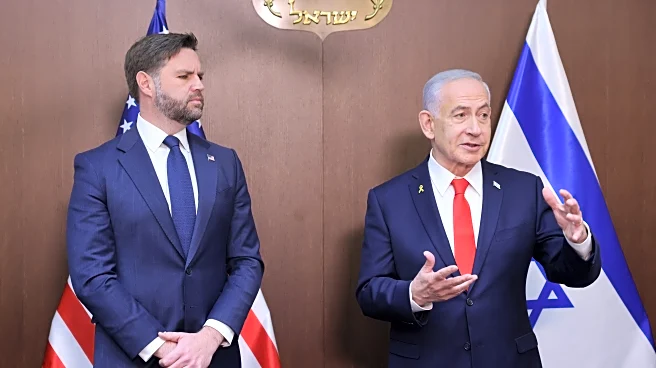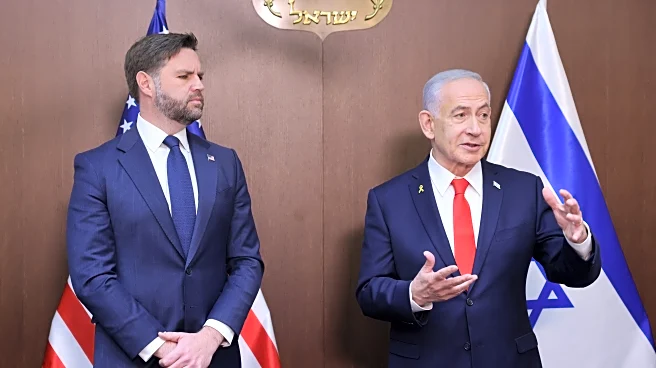What's Happening?
Hamas is reportedly working to reestablish itself as the governing force in the Gaza Strip, according to experts cited by the Telegraph. Despite a U.S.-backed peace plan that calls for Hamas to disarm
and potentially leave Gaza, the organization appears to be resisting these measures. The situation follows a recent ceasefire and a hostages-prisoners swap deal between Hamas and Israel, which took place after a deadly attack on October 7, 2025. Observers note that Hamas's actions suggest a reluctance to change its operational stance or relinquish its influence in the region.
Why It's Important?
The reassertion of Hamas in Gaza poses significant challenges to regional stability and the implementation of peace initiatives. The U.S.-backed peace plan aims to reduce tensions and promote security by disarming militant groups like Hamas. However, Hamas's resistance to disarmament could undermine these efforts, potentially leading to further conflict and instability. This situation affects not only the immediate region but also international stakeholders invested in Middle Eastern peace, including the United States and Israel. The ongoing presence of an armed Hamas in Gaza complicates diplomatic efforts and could impact future negotiations.
What's Next?
The international community, particularly the United States and Israel, may need to reassess their strategies in dealing with Hamas's influence in Gaza. Potential next steps could involve increased diplomatic pressure or the exploration of alternative peacekeeping measures. The situation may also prompt discussions on the role of international stabilization forces in the region, although their deployment remains uncertain without Hamas's agreement. Stakeholders will likely continue to monitor the situation closely, as any escalation could have broader implications for regional and global security.


